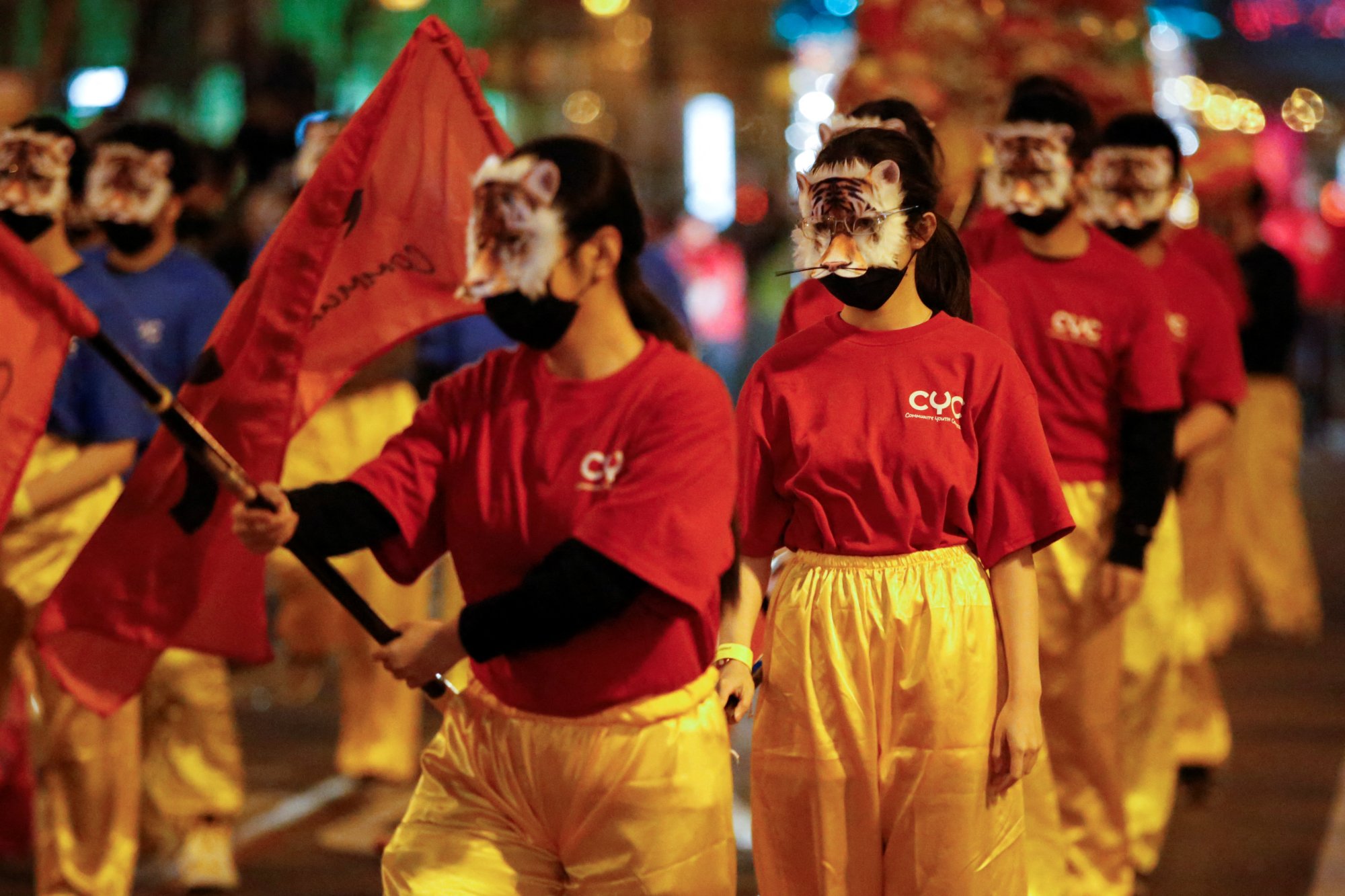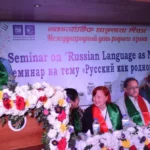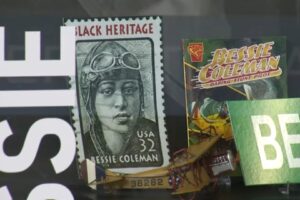Over the past few months, I’ve become an expert in making wontons, among other Chinese dishes. It was rather serendipitous that I discovered the Mid-Hudson Chinese Language Centre here in upstate New York, roughly 120km (75 miles) north of New York City, in a place where most of the population is white. The language centre also offers cooking and art classes, such as lantern making and traditional drumming.
I became immersed in the centre earlier this year, after a friend forwarded me an invite for a Lunar New Year gathering with the promise of delicious food. So, I rang in the Year of the Rabbit with well over 100 attendees, many of them families enrolled in Chinese language schools and all of them members of the community of those interested in Chinese culture.
I was particularly impressed by the children and youth who entertained us with dragon dances, tanggu drums and xiangsheng (crosstalk) skits. A mini orchestra of American-born Chinese teenagers played Teresa Teng’s classic “The Moon Represents My Heart” with stringed instruments. I swiftly signed up for the cooking classes where I joined a motley crew of students who shared a common passion for acquiring or retaining Chinese culture.

Young performers in tiger masks carry flags down Market Street as part of the annual Lunar New Year parade in San Francisco’s famed Chinatown neighbourhood on February 19, 2022. Photo: Reuters
The classes attracted retirees, Chinese cuisine enthusiasts, and the spouses of Chinese and Chinese-Americans who wanted to learn conversational Mandarin. It pulled in American-born Chinese like myself who were desperate not to relinquish our already limited vocabulary and connection with our roots. The centre was an unofficial hub for parents who did not want their children to lose their link to their family history.
The diversity of the student body – multigenerational and multi-ethnic – speaks volumes about the strong interest in Chinese culture.
To be sure, the network of Chinese language schools across the country plays a critical role in cultural preservation. The Chinese School Association in the United States has more than 300 member schools across 41 states.
These schools help preserve the heritage passed down by our ancestors – rituals, music, festivals, recipes, language – giving us a chance to celebrate our past and tap into our personal histories.
They also foster diversity. In keeping this culture alive and thriving, we amplify the contributions of Chinese – and of Asian-Americans more broadly – in the US. It serves as a reminder that, despite the present political divides, love for a culture can unite us.
This is reassuring at a time when US-China relations are at a low, and hate crimes against Asian-Americans are on the rise. In part, this was the result of Covid-19, and former US president Donald Trump referring to the pandemic as the “Chinese virus”.
The news doesn’t help. In recent months, the media has played up reports on the Chinese spy balloon that was shot down by the US when it drifted into US airspace and on China’s relationship with Russia.
My return to Chinese language school sparked good memories of growing up as a first-generation Chinese-American. As a child, I attended such a school, where my peers and I passed the time with snacks, board games and sketching characters in notebooks.
My parents proactively sought to connect with the culture they had left behind by driving to Chinatown every weekend and getting their fix of beef noodle soup, fresh produce, exotic fruit (durian) and Bruce Lee films.
What is more refreshing is that Chinese culture can transcend differences in ethnicity, race, gender, age and religion. A case in point is the Bard US-China Music Institute, a part of the renowned Bard Conservatory of Music, not far from where I live.
At the recent spring concert, I learned that there are a fast-growing number of students (many of them non-Chinese) who are studying Chinese opera and traditional Chinese instruments. The drummer at one of the concerts was a Caucasian woman who has been studying Chinese drumming for nearly a decade.
Finally, there is a thrill in sharing culture and paying it forward. On the last day of the cooking class series, I was asked to teach at the centre in the autumn despite my language limitations.
“Really me?” I asked the principal. “Why not?” she asked matter-of-factly, pointing to the growing number of adult students keen on learning conversational Chinese. “You’re Chinese-American and understand both cultures.”
Indeed, this was a reminder that I had the best of both worlds, something to celebrate rather than downplay.
Source : SCMP
















Add Comment